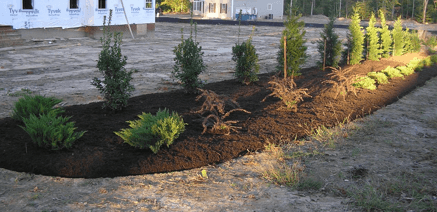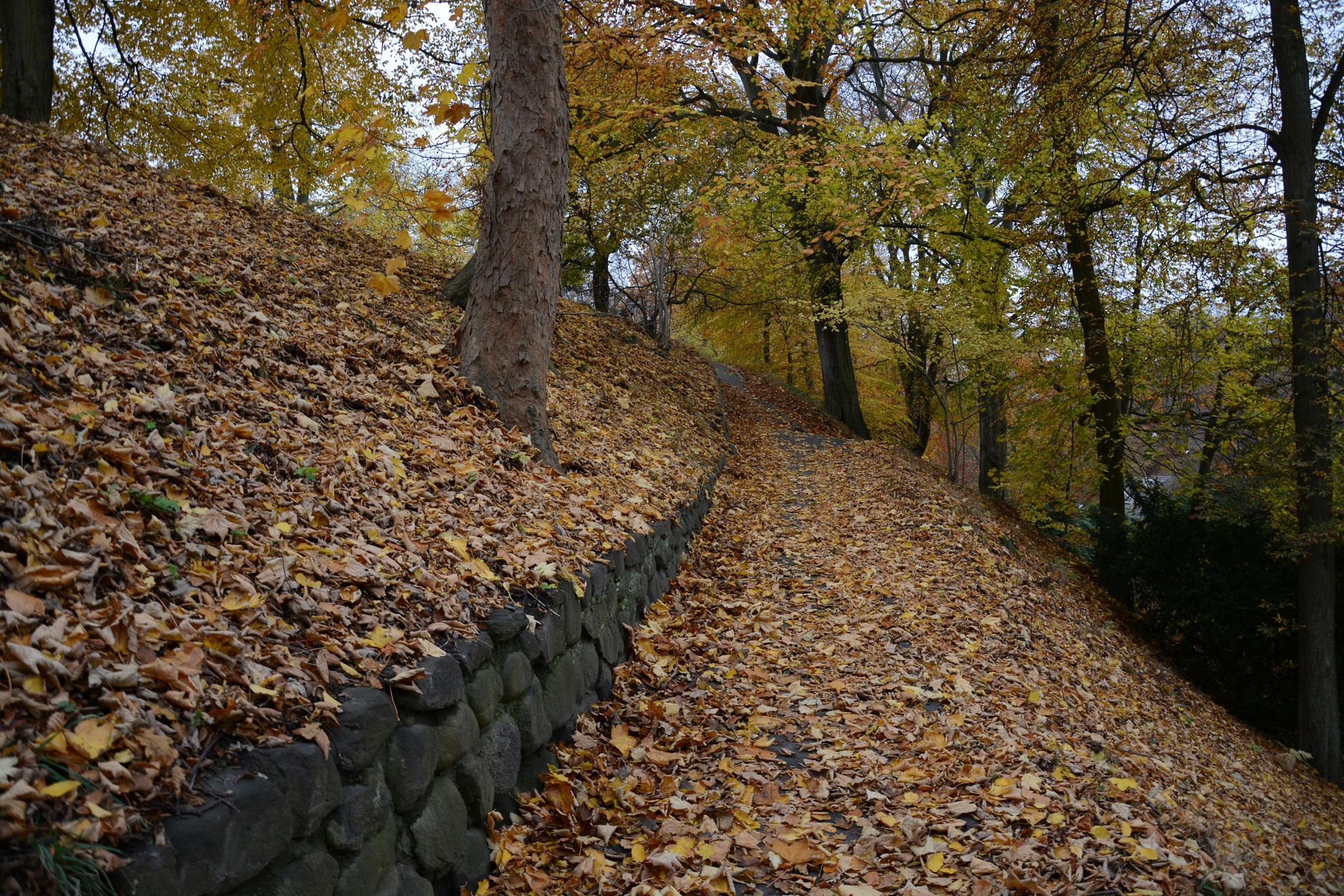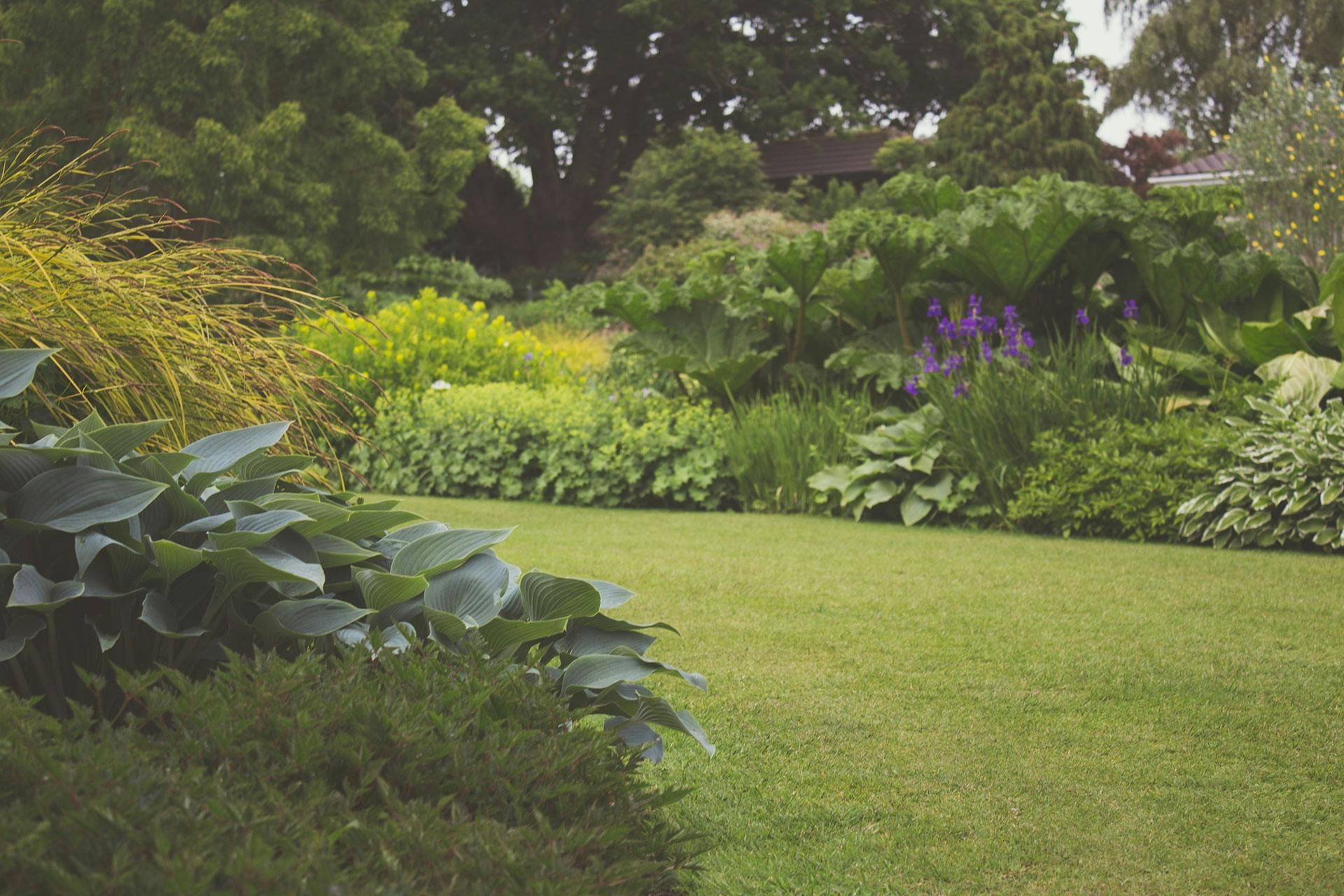Emblazon your Yard with Colorful Autumn Trees and Shrubs

Go ahead and put on a fall garden show for your neighbors. Not only is fall the perfect time to aerate your lawn and grow new grass, in the fall you can also emblazon your yard with a full array of alluring colors.
Cooler temperatures and lower humidity levels in the fall helps reduce the stress on new plantings, enabling them to establish robust root systems that will enable them to flourish into next spring. In this heartier state, they also will be better able to withstand the rigors of next summer’s heat.
Start with the right tools
The best tools to start with do not include shovel and trowel. No, we prefer to start with paper and pencil: plan before you dig. It’s much easier to move trees and shrubs around on paper than to dig them up and replant them. So consider a tree or shrub’s likely growth pattern before you narrow your selection to some of the most appealing autumn trees and shrubs. Just keep in mind that most plantings can be cut down to a smaller size:
Colorful autumn trees, and their potential height, include:
- Amur maple, 25 feet
- Bald cypress, 120 feet
- Dogwood, 25 feet
- Ginkgo, 100 feet
- Katsura, 60 feet
- Redbud, 35 feet
- Serviceberry, 20 feet
- Smoke tree, 15 feet
- Stewartia, 70 feet
- Sugar maple, 70 feet
- Sweet birth, 50 feet
- Sweet gum, 80 feet
Colorful autumn shrubs, and their potential height, include:
- Burning bush, 20 feet
- Chokeberry, 10 feet
- Fothergilla, 6 feet
- Japanese maple, 25 feet
- Oakleaf hydrangea, 6 feet
- Smokebush, 15 feet
- Sumac, 15 feet
- Viburnum, 15 feet
- Virginia sweetspire, 10 feet
- Witch hazel, 12 feet
Oriole’s planting guidelines
Once these fall beauties are on the property they need to stay protected by being placed in the shade and out of the wind. Root balls should be kept damp but not submerged in water. The actual planting process boils down to a few basic steps; and some hard work :
- Dig a hole about two to three times wider and just as deep as the root ball. Depending on the variety, add appropriate nutrients.
- Grasp the tree or shrub by the root ball, not by the trunk. Untangle the roots if they’re gnarled to help them spread out easily once they’re in the ground.
- Place the tree or shrub in the hole, orienting it to its best aesthetic effect and so that the sides fan out. Ensure that the top of the root ball is even with the soil line.
- Shovel the soil you dug out earlier back into hole. Then press down the soil lightly.
- Water the tree or shrub thoroughly to settle the soil and eliminate air pockets. Then water for about 20 minutes a day until about early December.
- Add several inches of mulch around the base of the tree or shrub to prevent moisture evaporation and weed growth. Wait until spring to fertilize to avoid burning or otherwise injuring the root system.


